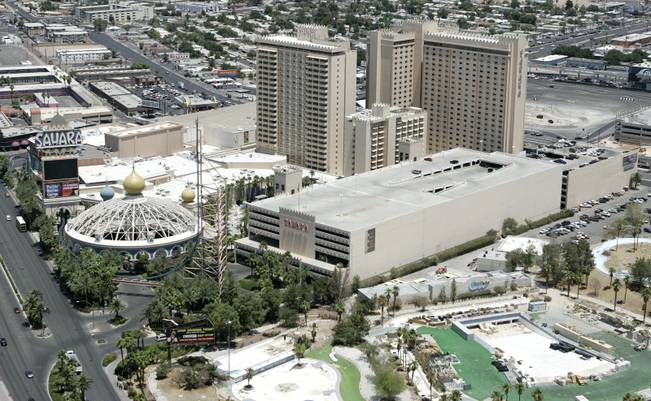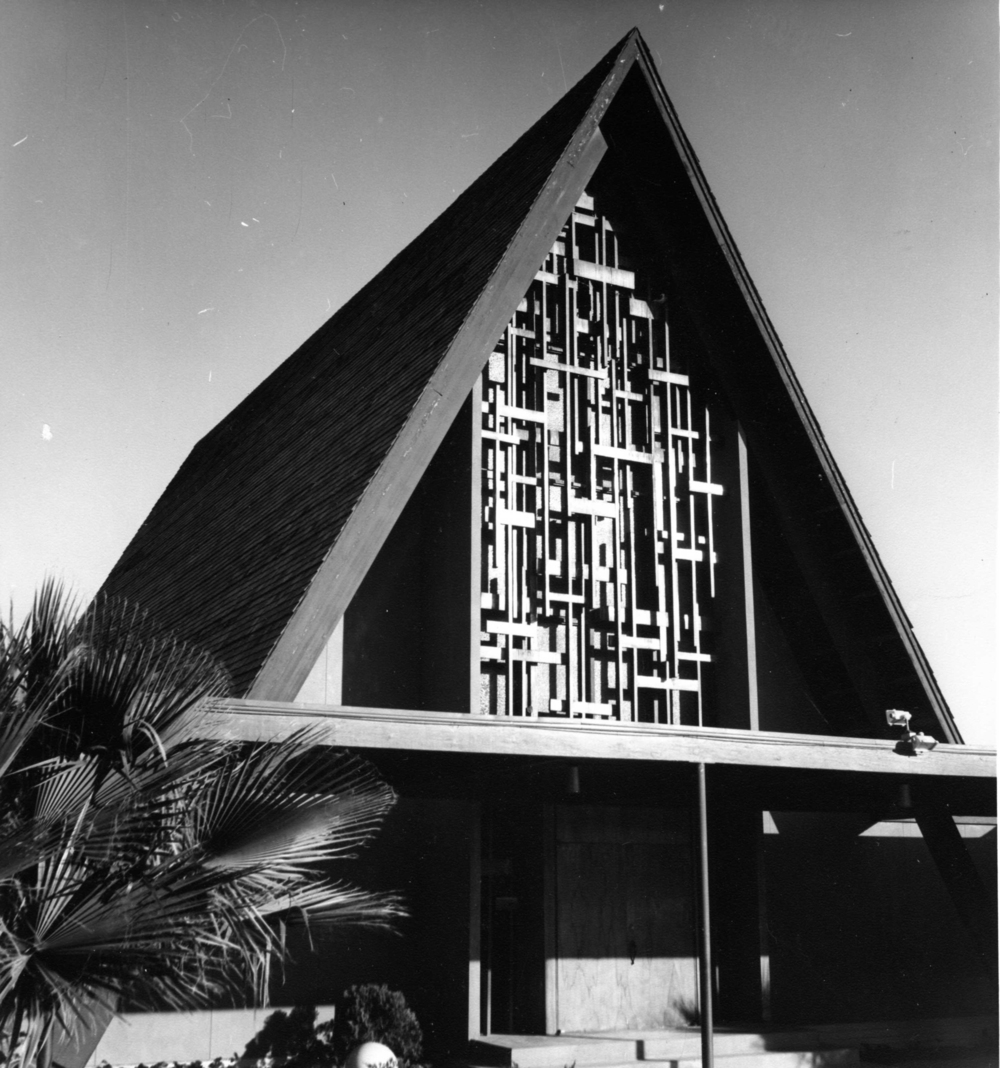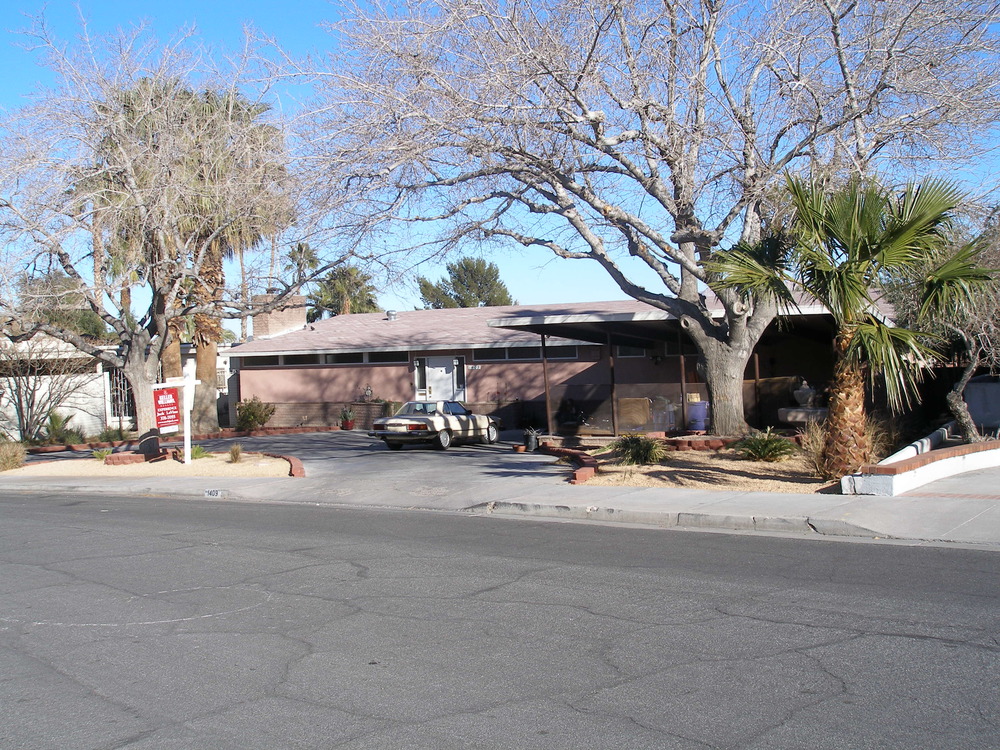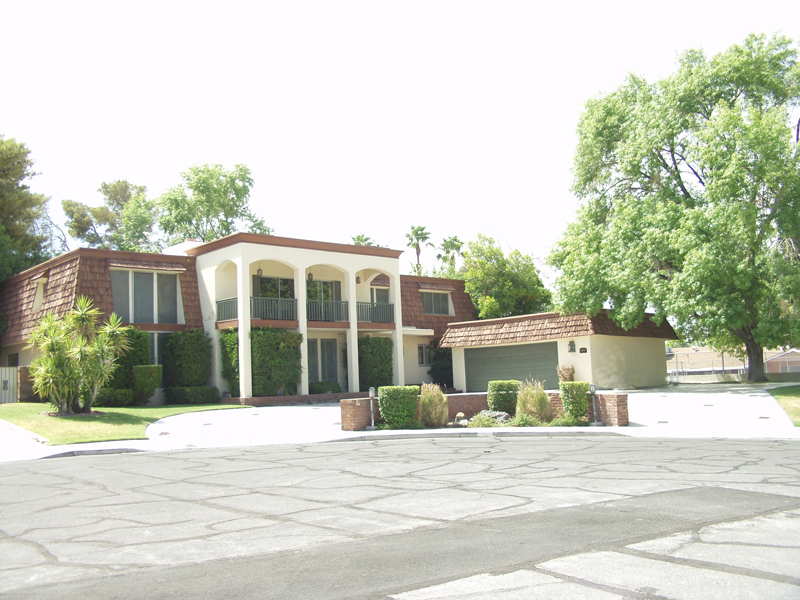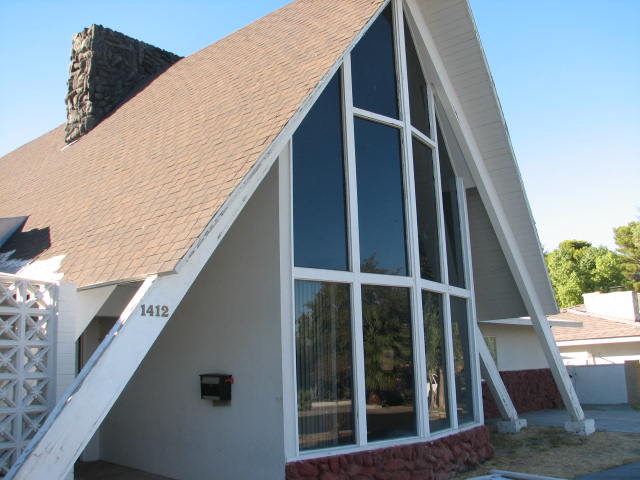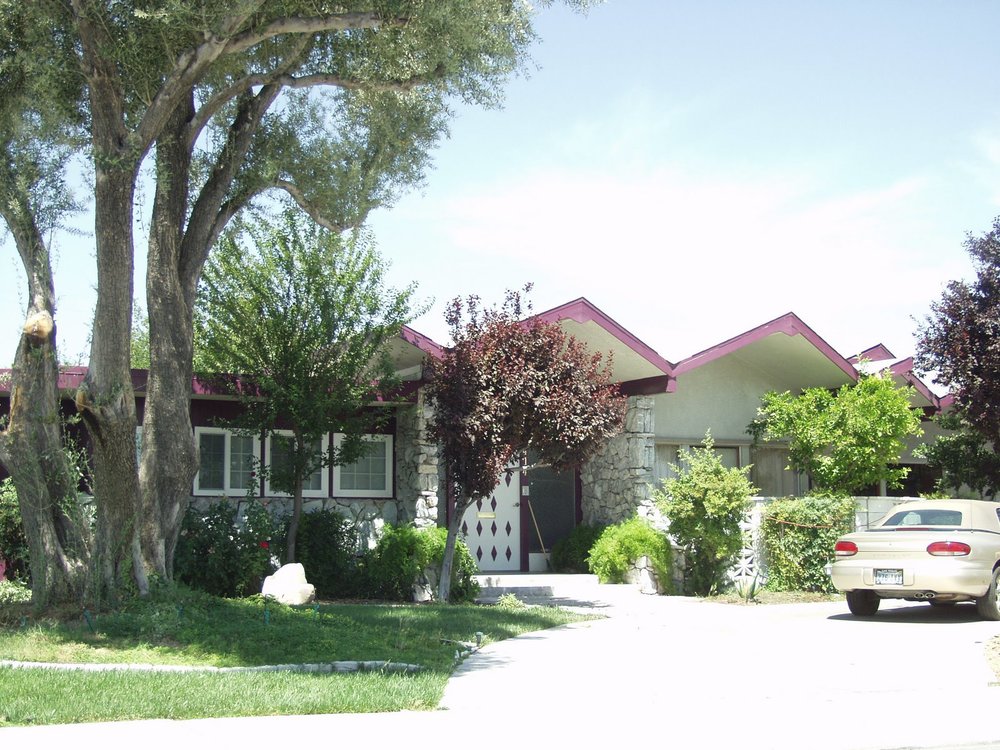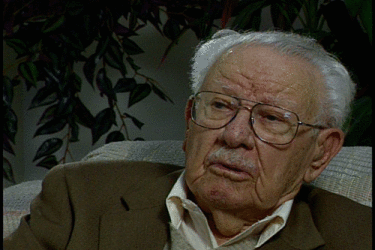
Ed Von Tobel passed away on Wednesday at the age of 96. He had seen Las Vegas grow from a small dusty railroad town into the metropolis of the 21st Century. And he was always willing to share his stories and his memories with anyone who wanted to know more about the real history of Las Vegas.
He talked with us on camera for 90 minutes and I still remember his warm voice, his jaunty newsboy cap and his wonderful stories.
Rest in peace, Ed, you will be missed by all of us who value the history of the place you called home.
Ed Von Tobel was born in Las Vegas on March 11th, 1913. He was the third child of Ed and Mary Von Tobel. His brothers were George and Jake. He was born "at the little hospital there on Second Street".
His father had come to Las Vegas for the land auction in 1905. He had read an ad in the paper that said for $20 you could take the train to Las Vegas for the land auction. So George and his partner, Jake Beckley decided that they needed an adventure and bought tickets. The first day of the auction the main lots on Fremont Street were sold at fairly expensive prices. However, the second day, the remaining lots on Main Street and the surrounding area were selling for more reasonable prices. Von Tobel and Beckley bought a lot using the refund on their train tickets as the money down.
Von Tobel Lumber opened on South Main a short time later (near where the Ice House Bar sits today). However, the small town had a number of lumber yards. Within the year, Von Tobel and Beckley moved the little frame building closer to town to 217 South First Street (where the Golden Nugget parking lot is today).
Ed remembers that Las Vegas was a "dirty, dusty railroad town" and that "everyone had to get to know one another because they were all newcomers". Las Vegas at that time had the Rail Yard, the shops and a Roundhouse to keep the trains running on time. Many of the men in town were employed by the the railroad.
The Railroad, the San Pedro, Los Angeles and Salt Lake line, served the area between Los Angeles and Salt Lake City. Las Vegas became the stop between the two because Las Vegas had water. Also cattle was brought down from Montana and Utah via the train.
The city built an Ice House to keep the vegetables and such cold or frozen for the long trip.
Ed remembered when he was growing up that there were two big churches at the time: The Episcopal and the Methodist churches. He went to school at the original Grammer School which he describes as a "small building about the size of a good size house". That school ultimately burned down and the Railroad provided land on South Fifth Street for a new Grammer School.
There was a movie theater, a Post Office and if you needed to shop, the first two blocks of Fremont Street was where you went. "The Grocers didn't sell meat in those days".
"We didn't have any paved streets until 1923. In the early days my mother would have to get 25 lbs of ice about every other day to put in the icebox. We didn't have refrigerators and so we'd go out when the ice wagon came around."
The Majestic Theater (where part of the Golden Nugget is today-click here for history link) was right on Fremont Street. "In the summer they would have to close it down and put an outdoor theater at 3rd and Fremont. That was just an open area with a tin wall and seats where you could go there in the evening to watch movies".
"They had a big Christmas tree right at Second and Fremont Street. My dad would haul all the planks up there to a raised platform. All the kids in town would be around there and Santa Claus would show up and give out bags of candy with walnuts and peppermint sticks".
Of Block 16, the red-light district, Ed remembers "we'd cruise down there and the girls would be sitting out in front on the sidewalk. I never yelled at 'em because I was pretty shy. But some of my friends would yell at 'em 'Hey girlies, what are you doing over there!'. They wouldn't say anything. But they were part of the community."
"It was so hot and no business to be had. Dad would say sometimes he not only didn't sell anything for a whole day, nobody even came in to inquire about buying anything."
Ed married his high school sweetheart in 1939. They built a house in 1940 near the High School (today a nationally landmarked historic neighborhood district) on 7th Street.
Von Tobel Lumber survived the lean years of the Depression and the War years with its rationing and housing shortages. Ed says "during the war we had no lumber, no critical materials to sell and dad just barely held on during that period".
After the War, Ed and his brothers convinced his father that they should go after the service contractors. Von Tobel Lumber to that point had catered mainly to homeowners. They began advertising in the newspaper and the business, in the Post War boom era, began growing. They acquired more land and built a bigger headquarters on First Street.
But by the 1950s, the face of Fremont Street was changing from the heart of a community to Glitter Gulch. The Von Tobel's began to realize that their location would ultimately not be a good retail location. Las Vegas was growing outward and away from its roots.
A business expert came through town and the Von Tobel brothers tracked him down. They asked for his opinion regarding their location. "He said, well where's Sears? And we told him it was at 6th and Fremont and had been there several years and they're right across from the El Cortez Hotel. And he said 'If I was you boys I'd just wait to see where Sears goes".
So when Irwin Molasky began to build the Boulevard Mall out on Maryland Parkway, the Von Tobel brothers decided that would be a good location to relocate to. So they moved to Maryland Parkway and Karen (today the Las Vegas Athletic Club) and opened up a retail hardware store and home center, with air-conditioning. In the center of the store was a Hot Dog Stand that had not only hot dogs but soft ice cream, sandwiches and ten cent coffee. Ed liked to joke that it was Home Depot before Home Depot was even a thought.
Ed never expected Las Vegas to grow up to be the metropolis it has. But he is not alone in that regard. None of us ever expected that.
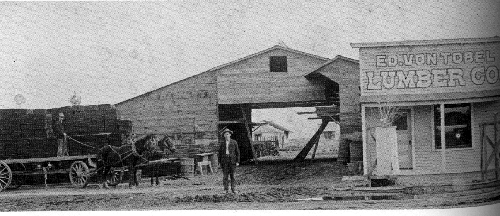
The Original Von Tobel Lumber


